Book Review - John Ruskin's On Art and Life
 On Art and Life by John Ruskin
On Art and Life by John Ruskin
Published by: Penguin Books
Publication Date: September 2nd, 2004
Format: Paperback, 97 Pages
Rating: ★★★★
Out of Print
"Oh, Ruskin. So groundbreaking in his aesthetic. Such a nightmare in his personal life. One of the things I love about this time period—and the Preraphaelites in particular—is their revolutionary ideas of beauty. Flinging aside the constraints of classicism, they (to misuse Shakespeare) found tongues in trees, books in the running brooks, sermons in stones, and good in everything.
Ruskin laid the groundwork for their upheaval in aesthetics and was one of their key champions. Even if, in his home life, he was a complete mama’s boy who took to his bed with a sniffle—and couldn’t consummate his marriage with his young wife. But that’s next week’s book….
Ruskin pops up in cameo appearances in That Summer, a tall, thin man in his signature blue coat. I took the liberty of borrowing his childhood home on Herne Hill (which he describes quite eloquently in his autobiography Praetorita) and using it as the basis for my heroine’s house.
Thanks, John Ruskin!" - Lauren Willig
The world around us should be our inspiration for art. There is a reason why art and architecture varies by climate. The materials available and the surrounding environment should feed art and make it of it's place, not attempting and hence forcing it to being something it's not. Yet if the labourer who is to create these masterpieces doesn't have any artistic freedom his work is just that of another cog in the industrial revolution. Man can either be a tool or a man. To make a truly great society there needs to be expression allowed in each and every man's work, otherwise society is failing. There needs to be heart in work. Hand, heart, material working in harmony will bring about the artistic
revolution that is needed to offset the industrial revolution.
This slim volume contains the chapter "The Nature of Gothic" from Ruskin's The Stones of Venice and a talk he gave on "The Work of Iron, in Nature, Art, and Policy" in Tunbridge Wells in 1858. This book is part of the Penguin Books series of "Great Ideas." Penguin has always been an innovator when it comes to reissuing books of note. As the blurb on the back says "Throughout history, some books have changed the world. They have transformed the way we see ourselves - and each other. They have inspired debate, dissent, war and revolution. They have enlightened, outraged, provoked and comforted. They have enriched lives - and destroyed them." With the way Ruskin's writing fed the Pre-Raphaelites and their Brotherhood, I think we can safely say that this is one of the books that have enlightened and enriched our lives. Given that art is a difficult and nebulous topic to write on, Ruskin's clarity of vision shines through in such a way that anyone interested in art should pick this up if they can... the Brotherhood certainly did, in more ways then one. Who knows if without Ruskin's vocalization of his beliefs if the Brotherhood would have been able to settle on a cohesive ideology and change the face of art. But more then that, his support of them gave the movement credibility.
Ruskin has such a way with words you can see why the Pre-Raphaelites took him and his writing to heart. He has a way of illuminating the everyday and rising it above the mundane. Through his words you can see a Utopian society for the betterment of man is possible. Yes, these ideals might be romantic, but that is what the Pre-Raphaelites where all about. Ruskin easily breaks down what is wrong with Victorian society. Art and craft are moving towards the mass produced, cookie cutter houses where the decoration in the homes are done by rote, not by feeling, one wonders what he would make of today's subdivisions. A society enslaved by their industrialized homes with the same wallpaper and the identical rosettes lining the walls and ceilings. That is why Ruskin embraces Gothic Architecture. In the Gothic he sees aspects that show the originality of the craftsman. He believes that there is a Gothic Heart that needs whimsy and naturalism among other things in order succeed. Of course the Utopian aspect (ie unrealistic) is where he believes that a society would move away from convenience and back to this time of buying custom objects wherein the maker was able to express themselves and therefore break free of being just a tool, a slave of modern industrialization.
Ruskin's beliefs are impractical but worthy. Ruskin needed the Pre-Raphaelites as much as they needed him. Without someone to latch onto his treatises there was no way to see if they were feasible, even on a small scale. The early doctrine of the Brotherhood believed in genuine ideas, naturalism, empathy, and quality. This tailors so well to all that Ruskin has written. In his talk at Tunbridge Wells he said that hand, heart, and material needed to work together in harmony. Add in Ruskin's belief in this Gothic (literally Northern from "Goths") Heart that believes in changeableness and naturalism and truth, ie, truth to nature, and it's a perfect fit. This naturalism/truth to nature of listening to ourselves as well as our abilities that feeds into our choice of medium aligns the man and the Brotherhood into one.
The nature of your location and the environment creates how you express yourself, but some things can only be done in certain materials. Don't ever try to use a material in a way that is not conducive to what you want to do. If something is light and airy, don't use marble. Each man must believe in truth and beauty. Truth to the world, the materials, the subject, and himself. Each to his own means and own thoughts, the master to perfection, the
average man to imperfection, but take joy in both and look for nothing
less. The artist shall use his skill to make everything to the best of his abilities, even down to making his own paint. You read these tenets and everything clicks. This is what the Pre-Raphaelites believed. This was their code like the Musketeers, "One for all and all for one." Ruskin was the chronicler and inspiration for them... a little bit ironic though when you realize that Ruskin thought all art should be of it's time, whereas the Pre-Raphaelites loved to paint classic allegorical subjects using real artifacts... but not everyone can agree all the time.
























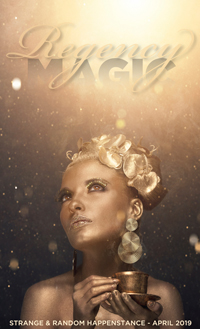
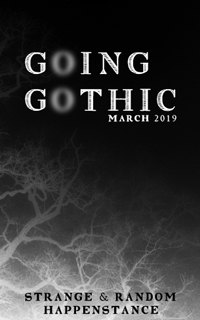
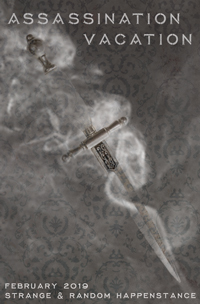
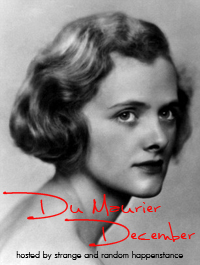
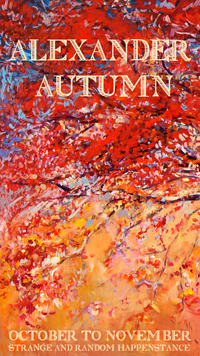
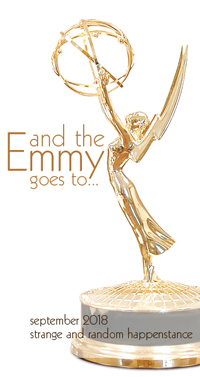

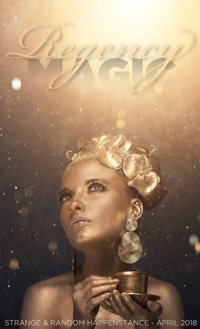


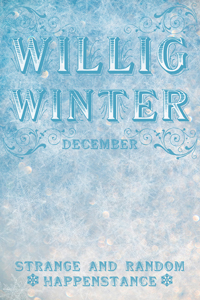

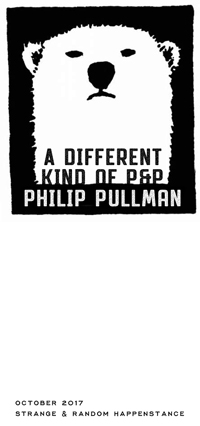


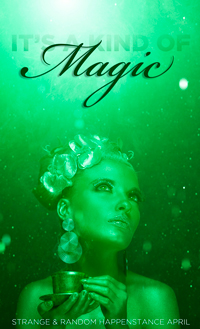
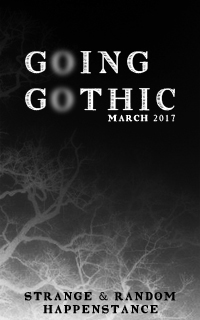

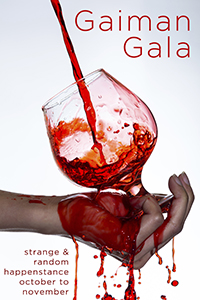
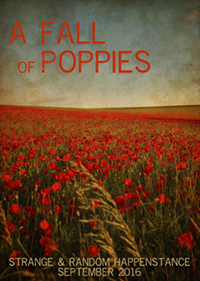

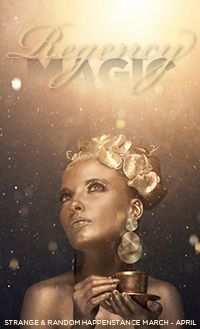

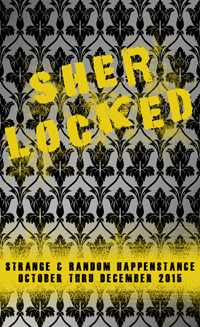

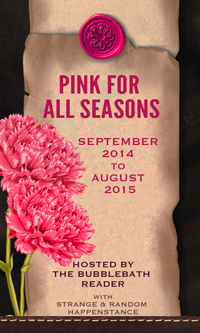
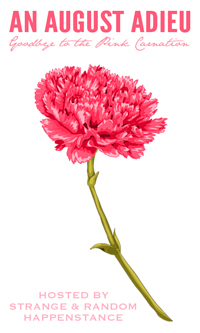




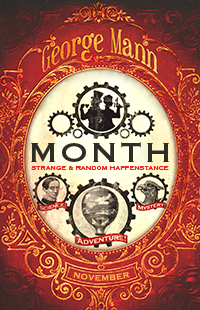

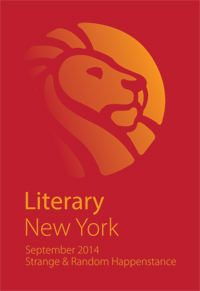
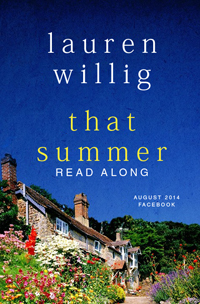



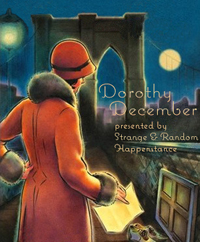























Post a Comment